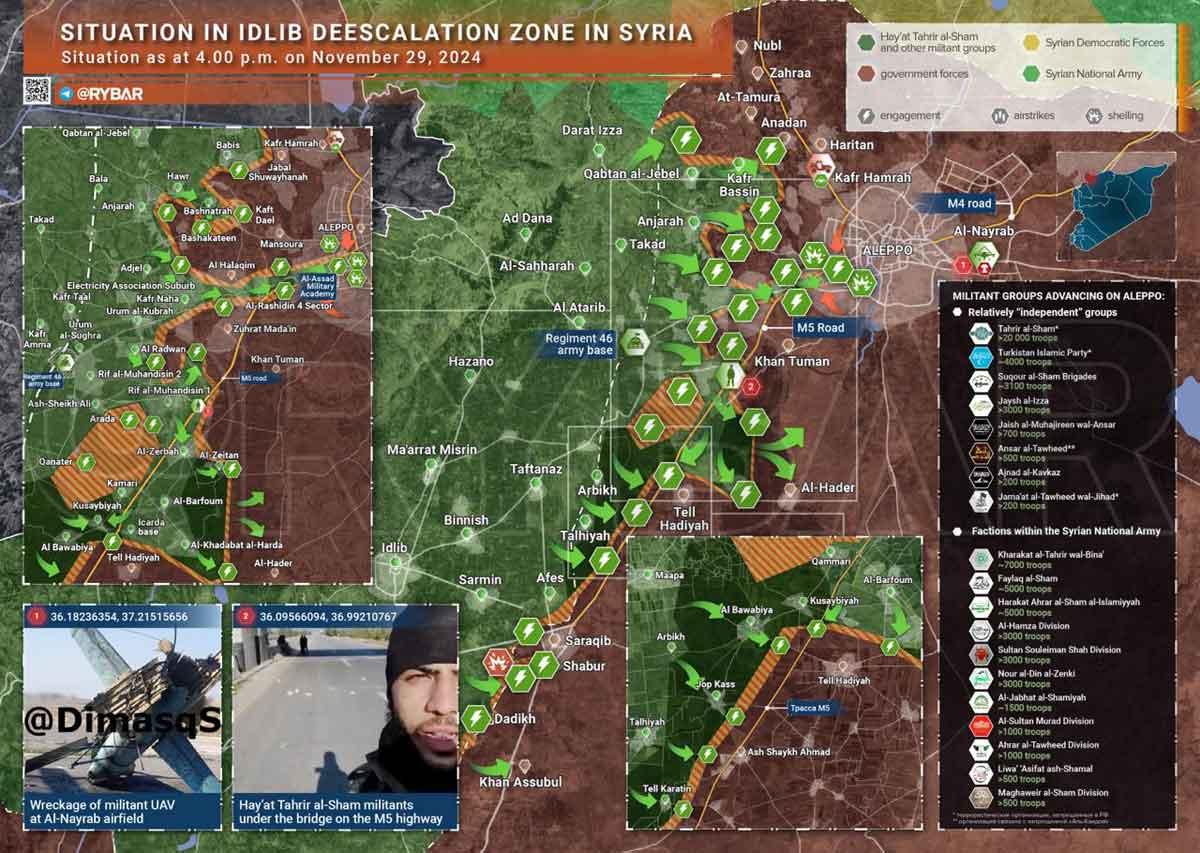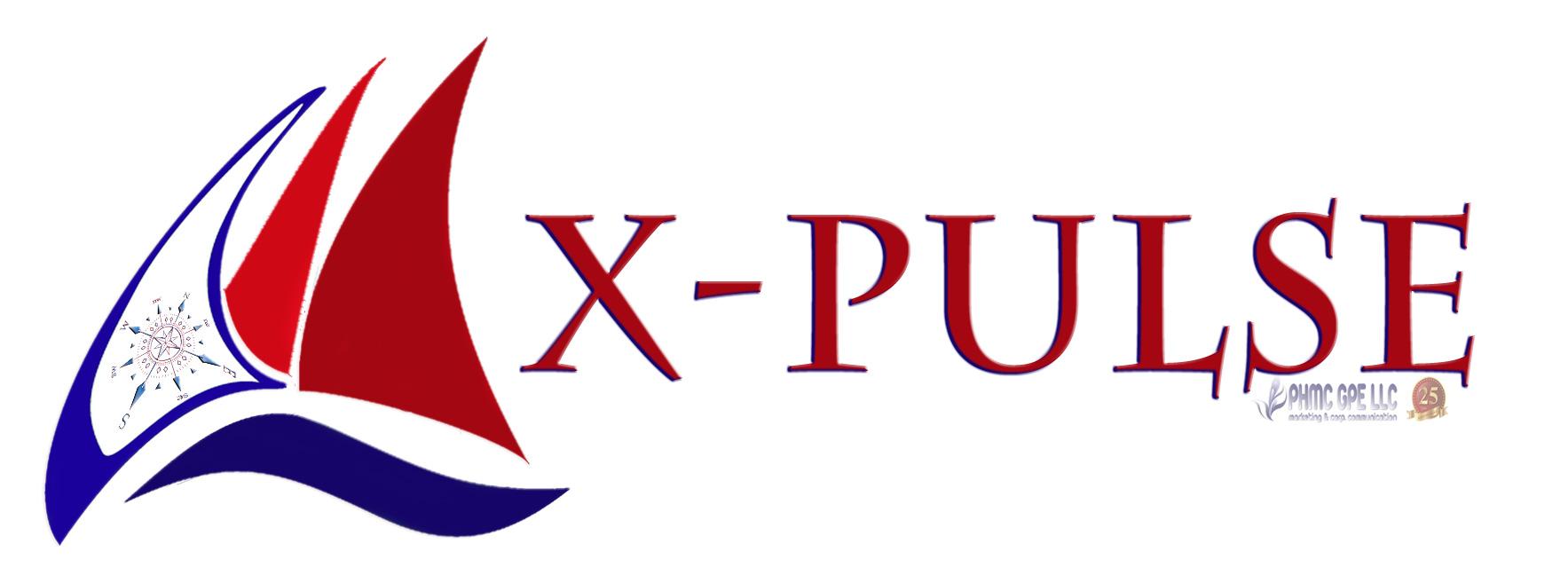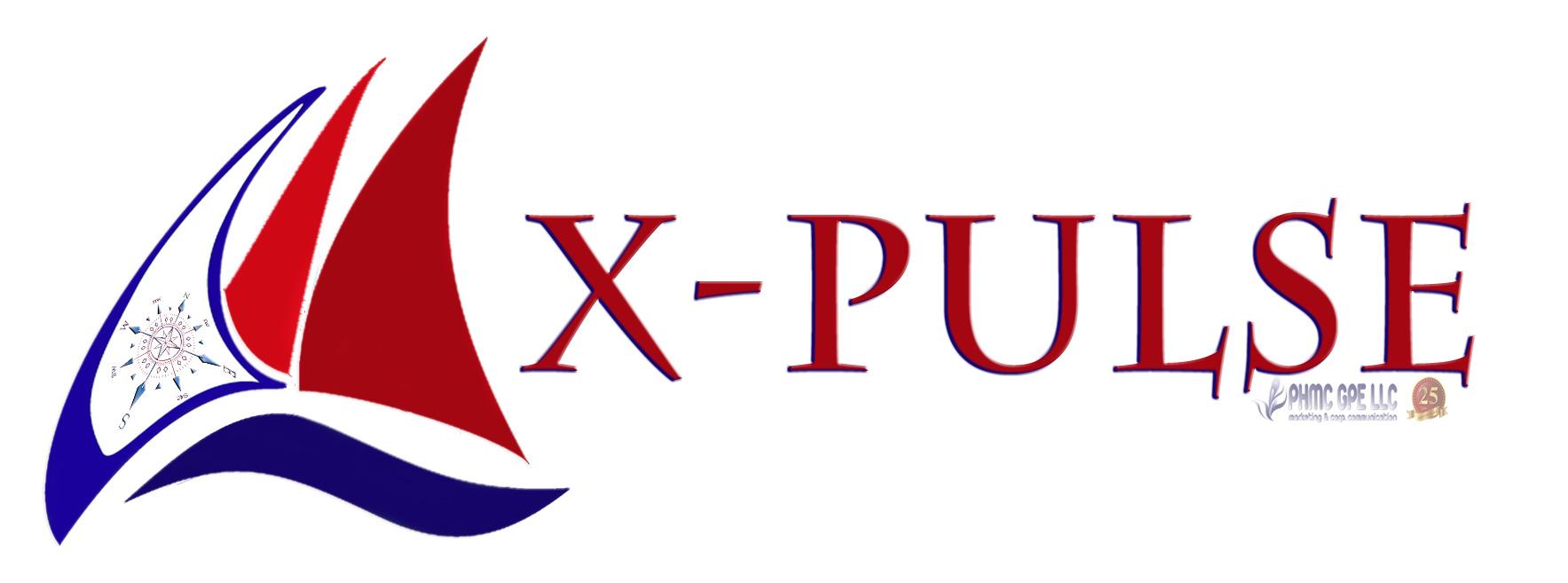The Syrian arena in a nutshell - who is against who?
Posted 2024-11-29 19:38:10
0
3K

The Syrian civil war, which began in 2011, quickly turned into a multi-national, terrorist war. Eran Malka will try to explain who is who.
The Assad regime represents the official forces of the Syrian government, government agencies and the national army.
Main forces:
- The Syrian Arab Army (SAR): A government army with a broad military structure, but in practice has proven weak in the fight.
- The National Defense Forces (NDF): Has a paramilitary structure consisting of local militias, established by the Iranian Quds Force and financed by the Iranians.
COUNTRIES SUPPORTING THE ASSAD REGIME
- Russia: Since 2015, it has been protecting the Assad regime militarily and diplomatically. The Russian army supports the Assad regime through the air force and mercenary groups (such as Wagner).
- Iran: Supports the Assad regime with ground forces, weapons and trained fighters -Fatemiyyun of Afghanistan, Zainabion of Pakistan, Imam Hussein militia, Ansarallah (Houthi) of Yemen, Lebanese Hezbollah, Al-Khashid Al-Shaabi of Iraq with the support of the Islamic forces.
- Lebanese Hezbollah is the strongest non-governmental ally of the Assad regime.
THE MAIN OPPOSITION GROUPS FIGHTING AGAINST THE ASSAD REGIME
- The Free Syrian Army (FSA): This army was established in 2011 as the main force of the Syrian opposition, supports it and operates mainly in areas under Turkish influence (Al-Bab, Afrin, etc.). The group's weapons, training and supplies are provided by Turkey.
- Syrian Democratic Forces (SDF/YPG): A Kurdish-led group. The YPG is the main group. Mazloum Kobani is the commander-in-chief of the YPG, and this group is known as the main ally of the United States in the fight against ISIS. Turkey considers the YPG a terrorist branch of the PKK (the Kurdish underground) in Syria.
- Haredin: A group loyal to Al-Qaeda (Sunni) that competes with Hayat Tahrir al-Sham. The groups are in conflict with each other.
- Hayat Tahrir al-Sham: A faction led by al-Julani (Sunni) and advocates the Islamic State theory.
INTERNATIONAL INFLUENCES AND COLLABORATIONS
- The YPG receives weapons and air support from the United States. Although the Free Syrian Army was initially supported by the United States, the focus later shifted to the YPG/SDF.
- The Americans are mainly located in eastern Syria, in oil and gas fields, with the exception of one base in the south (Al-Tanf) - their justification is the fight against ISIS.
- Dozens of gas and oil trucks leave the areas controlled by the Americans every day and are transported to Iraqi territory without financial compensation to Syria.
- Russia supports the Assad regime politically and militarily, but also cooperates with Turkey to a certain extent (within the framework of the Astana process) and is also a party involved in Syria.
- Iran supports the Assad regime through the Shiite militias and is openly hostile to the Sunni opponents of the Assad regime. Iran also supports the Assad regime economically - the estimated debt to the Iranians today exceeded the $80 billion mark this year.
- Israel attacks the militias of Iran and Hezbollah in Syrian territory in order to limit their influence and the smuggling of weapons through Iraq.
***

Search
Categories
- Art
- Causes
- Analysis
- Cloak & Dagger
- Economy - Finance
- Health
- Literature
- Music
- Other
- News & Politics
- Real Time Facts
- Sports
Read More
Israel to submit report to UN adviser about Hamas torture of hostages
"The United Nations and the international community are trying to forget the torture and...
Fidan, Blinken discuss Gaza crisis, Sweden’s NATO bid, safety of food shipments from Russia, Ukraine
Turkish and U.S. foreign ministers Hakan Fidan and Antony Blinken held talks in Istanbul to...
BOMBSHELL: UNRWA chiefs secretly met top terrorists in 2017
EXPOSED: UNRWA chiefs secretly met top terrorists, telling them: “We are united, no one...
NATO chief: A Chinese attack on Taiwan could trigger WW3
In a podcast interview with The New York Times, NATO Secretary General Mark Rutte warned that a...
[UPDATE] Magnitude 8.7 Earthquake in Kamchatka - The strongest one since 1952
The strongest earthquake since 1952 occurred in the Kamchatka region in Russia’s Far East....



